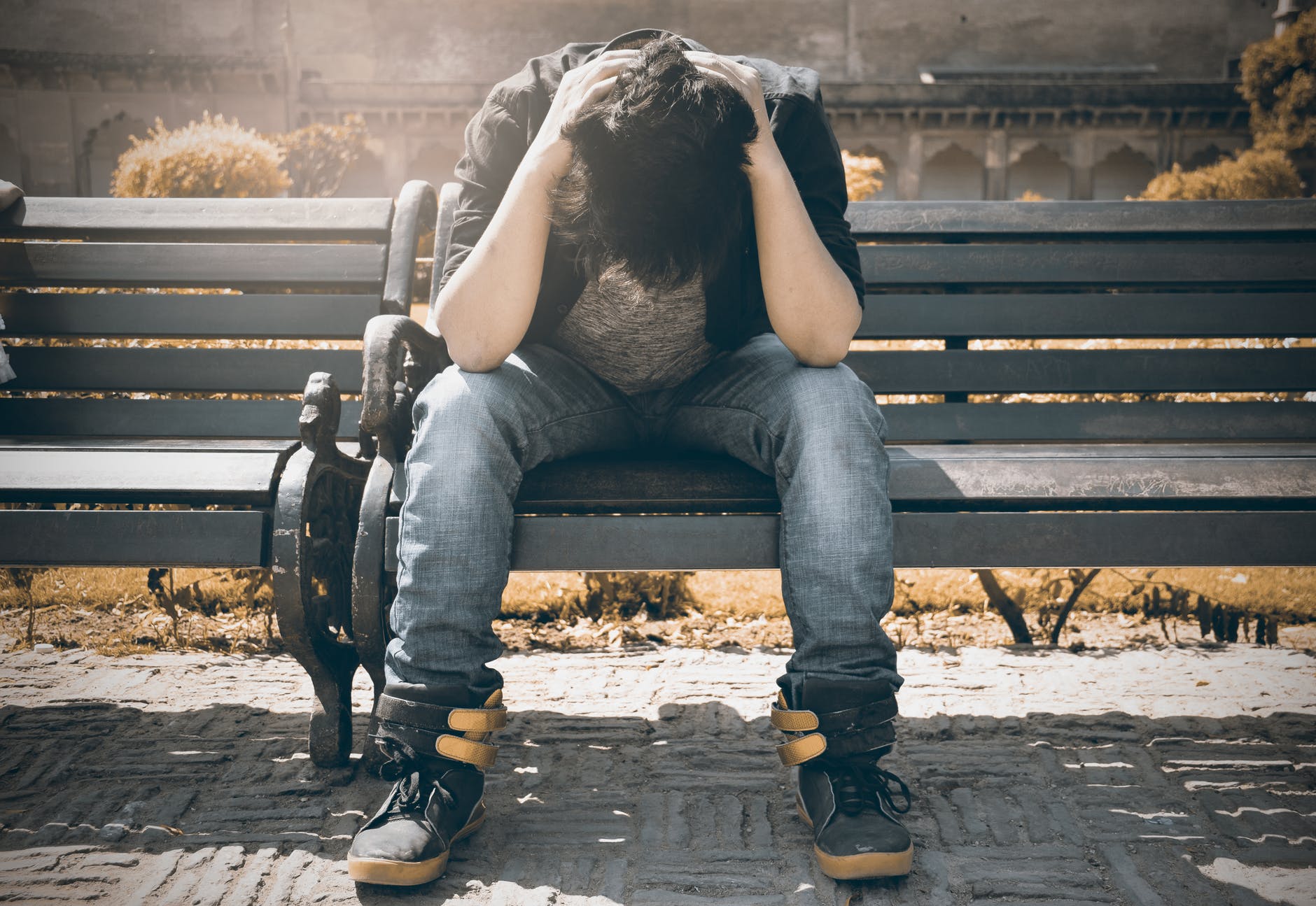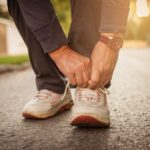
23 Jan Intro to Chronic Pain: Chronic Pain Series with Body One Physical Therapy & Dr. Eric Oberst
Chronic pain differs from the type of acute or common pain familiar to most of us; according to the definition, chronic pain is “ongoing, usually lasting longer than six months .” Many people dealing with chronic pain have tried painkillers, rest, limiting their activities, or even procedures – all without seeing significant improvement. Body One’s Dr. Eric Oberst, who sees patients at our Zionsville location, has a special focus on chronic pain. He has noticed that chronic pain patients tend to have additional lifestyle factors that other providers (focusing on the injured area contributing to the pain experience) haven’t addressed. For instance, they may not sleep well, eat right, or have good mental health. Dr. Oberst believes that frequently, many of these areas must be addressed simultaneously for long-term improvement in symptoms. He offers simple behavioral modifications to address these lifestyle factors that can be implemented in conjunction with physical therapy.
A Common Form of Chronic Pain
One of the most common forms of chronic pain is lower back pain. In fact 80 percent of Americans experience lower back pain at some point in their lives, and it is one of the most common reasons for work absence. Although there are causes ranging from muscular to spinal issues, lower back pain which becomes chronic can take a significant toll on the individual. The lower back is one area of the body which is often overlooked until you experience pain, and then you’ll realize exactly how much (and how often) you use it! Your lower back provides stability and important functional movement throughout the day; if you’re dealing with chronic lower back pain, sitting at work, walking, and standing can all be painful.
In previous years, medical providers would recommend bed rest for those suffering from lower back pain. Fortunately, this is no longer the case and increasing the patient’s ability to move is now seen as very important. Chronic pain can often mesh with the fear-avoidance cycle; a person becomes afraid that specific movements or activities will cause or worsen the pain, so they avoid it, and then the avoidance causes more problems with range-of-motion, strength, etc. The brain can then “learn” that these movements are associated with pain, further perpetuating this cycle. Prescription painkillers were also often prescribed for chronic low back pain, which can lead to both dependency as well as tolerance and needing higher doses to achieve the same effect. Treating chronic pain without depending on these pills has become a new, safer standard.
When Dr. Oberst works with some of these patients, he will investigate what previous treatment the patient may have received. He has said that although a type of manual (hands on) treatment may feel good, it might not provide lasting results, so he tends to prefer a balance of manual therapy and exercises performed by the patient. Dr. Oberst also has a focus on both proper breathing and controlling internal pressure, which we’ll examine in greater depth in our series. One pointer: “bad things happen when you don’t get enough air!” We’ll look at how Dr. Oberst uses physical therapy and working with breathing to address chronic pain, such as lower back pain, as we move through our Series on Chronic Pain over the next few weeks.
Do you have chronic pain in your lower back (or other area of the musculoskeletal system)? Body One works with clients of all ages and activity levels, and having long-time pain isn’t a reason to give up on treatment – it’s a reason to keep going until you find improvement. While we can’t promise total resolution of your pain, almost all our patients dealing with long-term pain see some improvement. With three locations serving Central Indiana, you can find what fits your schedule: North Indianapolis/Carmel, Fishers, and Zionsville. Call us today and find out how we can help.
Sources: https://my.clevelandclinic.org/health/articles/12051-acute-vs-chronic-pain
https://www.ninds.nih.gov/Disorders/Patient-Caregiver-Education/Fact-Sheets/Low-Back-Pain-Fact-Sheet




